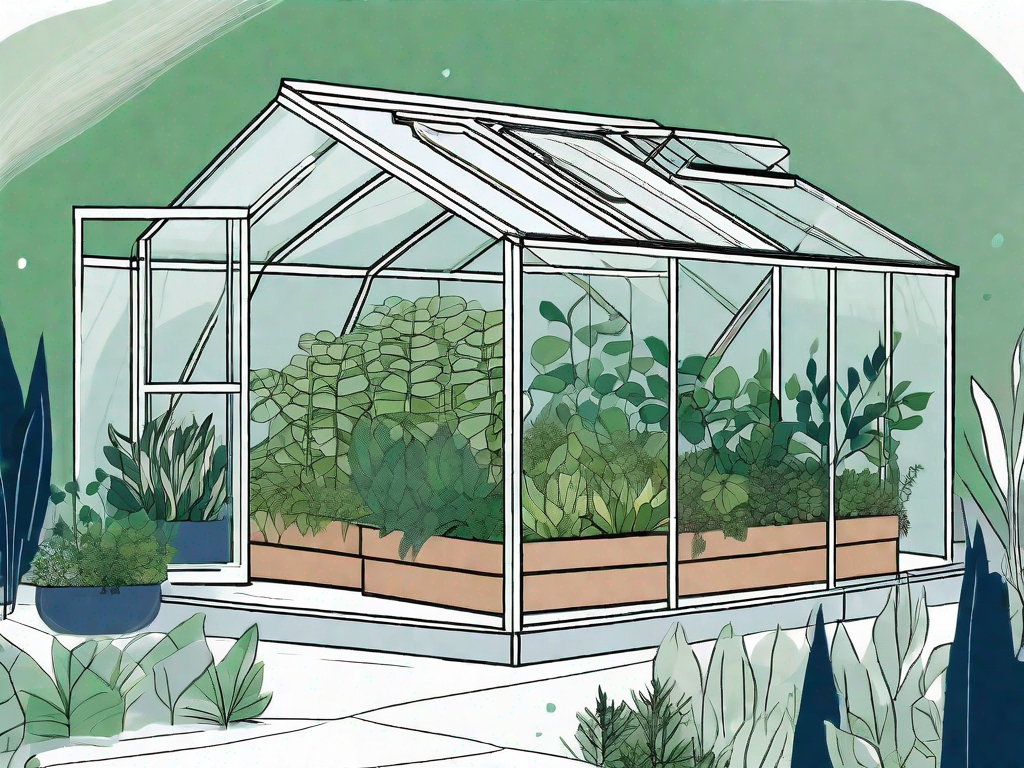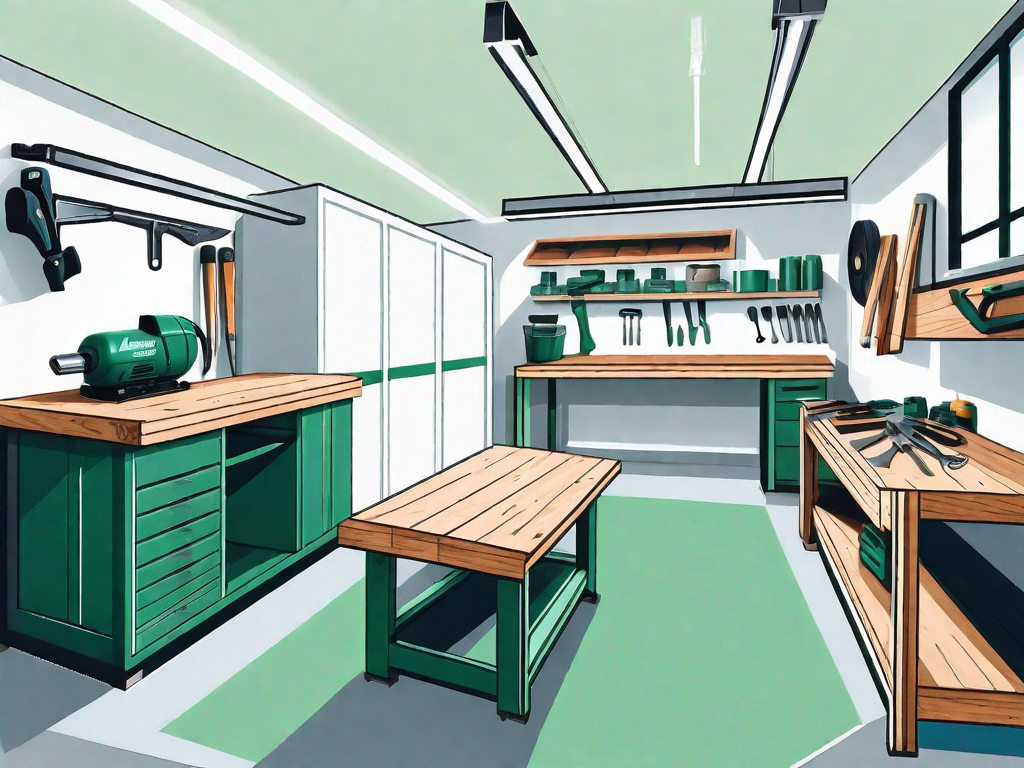Designing a pollinator-friendly garden not only adds beauty to your outdoor space but also plays a crucial role in supporting the ecosystem. By attracting and providing a habitat for pollinators such as bees, butterflies, and hummingbirds, you can contribute to the pollination of plants, ensuring their survival and promoting biodiversity. In this article, we will explore the importance of pollinator-friendly gardens, the key elements to consider, steps to design your garden, and tips for maintaining it.
Understanding the Importance of Pollinator-Friendly Gardens
Creating a garden that welcomes pollinators is essential for the health of our ecosystems. Pollinators, including bees, butterflies, and other insects, play a vital role in the reproductive process of plants. When they visit flowers in search of nectar, they unintentionally transfer pollen from the male part of one flower to the female part of another flower, enabling fertilization and ensuring the production of fruits, seeds, and new plants.
The Role of Pollinators in the Ecosystem
Pollinators are responsible for facilitating the reproduction of around 75% of flowering plants and about 35% of global crop production. Without them, our food supply would be seriously compromised, impacting not only human nutrition but also the survival of countless animal species.
Beyond food production, pollinators also contribute to the diversity of natural habitats, supporting the growth of forests, meadows, and other ecosystems by enabling the spread of plant species.
Benefits of a Pollinator-Friendly Garden
By designing a garden that welcomes pollinators, you can enjoy numerous benefits beyond the ecological impact. Your garden will be a vibrant, colorful space filled with life, attracting a variety of winged visitors that will enhance your connection with nature.
Furthermore, a pollinator-friendly garden can act as a natural repellent for certain pests while attracting beneficial insects that help control populations of harmful pests and reduce the need for pesticides.
Key Elements of a Pollinator-Friendly Garden
Designing a garden that provides an inviting environment for pollinators requires considering specific elements that fulfill their basic needs. By incorporating these key elements, you can create a thriving habitat for these essential creatures.
Choosing the Right Plants
The selection of plants is crucial when designing a pollinator-friendly garden. Opt for native plants as they have co-evolved with local pollinators, providing them with the ideal food sources and habitats they require for survival. Choose a variety of flowers that bloom at different times throughout the year to ensure a constant supply of nectar and pollen.
When selecting plants, look for those with simple, open flowers, as these are easier for pollinators to access. Consider plants with different colors and shapes to attract a wide range of pollinator species.
Providing Shelter and Nesting Sites
Pollinators need shelter and nesting sites in your garden to feel safe and establish their colonies. Incorporate a variety of native trees, shrubs, and grasses that offer protection from harsh weather conditions and potential predators. Leave some areas of your garden undisturbed, allowing pollinators to find natural nesting spots.
Ensuring a Constant Food Supply
Offer a diverse range of flowering plants that provide nectar and pollen throughout the growing season. By including a mix of plants with different flowering times, you can provide a continuous food source for pollinators, ensuring their survival even during periods of scarcity.
Additionally, consider including plants that provide food for caterpillars, as they are an essential part of the pollinator life cycle.
Steps to Design a Pollinator-Friendly Garden
Now that we understand the importance of pollinator-friendly gardens and the key elements to consider, let’s explore the steps you can follow to design your own vibrant and thriving space:
Planning Your Garden Layout
Start by assessing the available space in your garden. Consider the amount of sunlight, soil type, and drainage. Sketch a layout that incorporates different areas, such as flowerbeds, borders, hanging baskets, and containers, to maximize the variety of plants and pollinators you can attract. Plan for paths or stepping stones to provide access for maintenance without disturbing foraging pollinators.
Selecting Suitable Plants
Research and choose a diverse selection of native plants that thrive in your specific location and climate. Consider flowers with different colors and shapes, paying attention to the flowering times to ensure a continuous food supply. Incorporate a mix of annuals and perennials to add variety and interest to your garden throughout the seasons.
Remember to take into account the space requirements and growth habits of each plant to ensure they have enough room to flourish.
Creating a Safe Habitat for Pollinators
Provide a water source such as a shallow dish with pebbles or a birdbath with rocks for pollinators to drink from. Avoid using pesticides, herbicides, or synthetic fertilizers in your garden, as they can be harmful or even fatal to pollinators. Instead, opt for organic and natural alternatives to maintain a healthy environment.
Leave some areas of your garden wild or untamed, allowing for natural nesting and hibernating spots. Build or install insect hotels, bee boxes, or birdhouses to provide additional shelter for pollinators.
Maintaining Your Pollinator-Friendly Garden
Once you have established your pollinator-friendly garden, it’s essential to maintain it properly to ensure its continued success:
Regular Garden Care and Maintenance
Regularly water your plants, keeping in mind their specific needs. Remove weeds and deadheading spent flowers to encourage new growth and prolong flowering periods. Prune trees and shrubs when necessary to maintain their shape and health.
Seasonal Considerations for Pollinator Gardens
Throughout the changing seasons, adapt your garden maintenance practices accordingly. In spring, clean out and prepare nesting sites for pollinators. In summer, keep an eye out for pests and diseases, and take prompt action if necessary. In fall, leave some foliage and plant stems standing to provide shelter and nesting opportunities. In winter, avoid excessive clearing to provide protection against the cold.
Dealing with Potential Pests and Diseases
If pests or diseases affect your plants, explore natural and eco-friendly pest control methods first, such as introducing beneficial insects or using organic pest repellents. As a last resort, consider targeted, least-toxic treatments to minimize harm to pollinators.
In conclusion, designing a pollinator-friendly garden is not only a rewarding experience for gardeners but also an essential contribution to the health of our environment. By understanding the importance of pollinators, incorporating key elements, and following the steps to design and maintain your garden, you can create a vibrant, thriving space that supports the well-being of pollinators and showcases the beauty of nature. Start your journey towards a pollinator-friendly garden and make a positive impact today!



